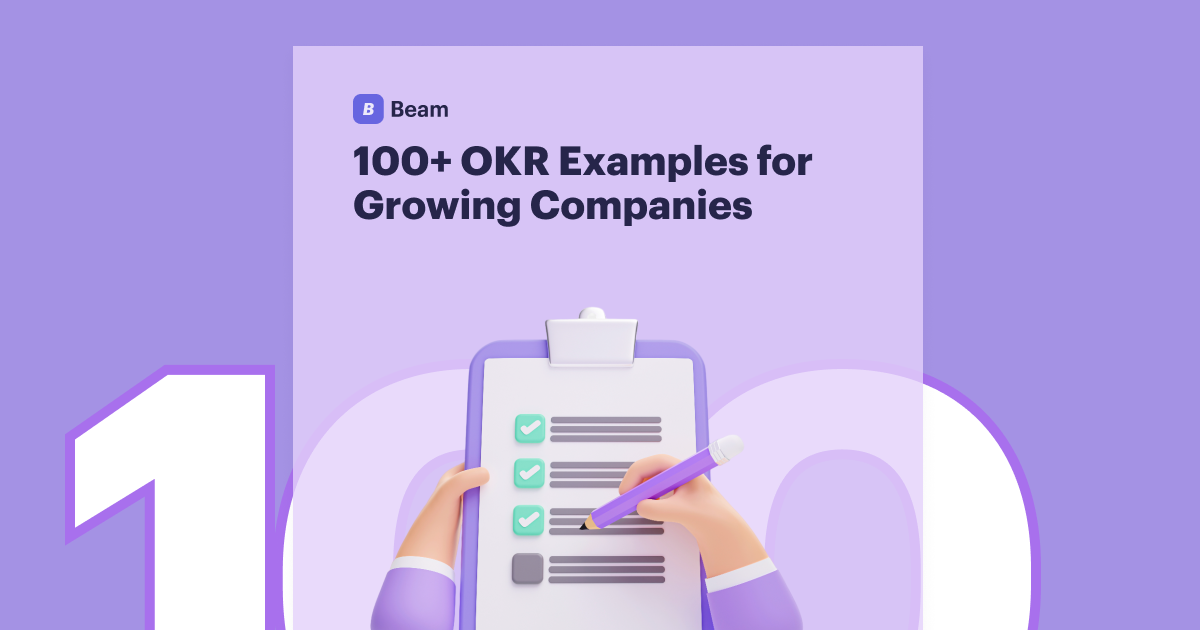Chapter 3: Setting the Stage: Initial Analysis and Prioritization (AI-Assisted)
Chapter 2 - The Anatomy of a Great OKR
Chapter 3 - Setting the Stage: Initial Analysis and Prioritization
Chapter 4 - Aligning Your Efforts: Top-Down and Bottom-Up Approaches
Chapter 5 - Aligning Your Efforts: Top-Down and Bottom-Up Approaches
Chapter 6 - Aligning Your Efforts: Top-Down and Bottom-Up Approaches
Chapter 7 - Aligning Your Efforts: Top-Down and Bottom-Up Approaches
Chapter 8 - Ending the OKR Cycle: Learn and Prepare for What's Next

Chapter 2 - The Anatomy of a Great OKR
Chapter 3 - Setting the Stage: Initial Analysis and Prioritization
Chapter 4 - Aligning Your Efforts: Top-Down and Bottom-Up Approaches
Chapter 5 - Aligning Your Efforts: Top-Down and Bottom-Up Approaches
Chapter 6 - Aligning Your Efforts: Top-Down and Bottom-Up Approaches
Chapter 7 - Aligning Your Efforts: Top-Down and Bottom-Up Approaches
Chapter 8 - Ending the OKR Cycle: Learn and Prepare for What's Next
Chapter 2 - The Anatomy of a Great OKR
Chapter 3 - Setting the Stage: Initial Analysis and Prioritization
Chapter 4 - Aligning Your Efforts: Top-Down and Bottom-Up Approaches
Chapter 5 - Aligning Your Efforts: Top-Down and Bottom-Up Approaches
Chapter 6 - Aligning Your Efforts: Top-Down and Bottom-Up Approaches
Chapter 7 - Aligning Your Efforts: Top-Down and Bottom-Up Approaches
Chapter 8 - Ending the OKR Cycle: Learn and Prepare for What's Next
Identifying Organisational Priorities and Strategic Goals
Identifying Organisational Priorities and Strategic Goals
Effective OKRs don't just appear out of thin air; they are directly derived from the highest-level strategic goals of your organization. Whether you're setting company-wide OKRs or departmental ones, you must first clearly define the "big picture." This involves answering fundamental questions:
- What is our overall mission and vision? This provides the ultimate guiding star.
- What are our long-term strategic objectives (e.g., 1-3 year goals)? These are the significant milestones on your journey.
- What are the most critical challenges or opportunities we face right now? These are often the immediate drivers for your quarterly OKRs.
- Where do we need to grow, improve, or innovate to achieve our strategic objectives?
This phase typically involves reviewing existing strategic documents, market analyses, performance reports, and stakeholder feedback. For instance, a company might identify "Market Expansion into Asia" as a long-term strategic goal, which then informs a quarterly Objective like "Successfully launch our product in Japan."
Without a clear understanding of these top-level priorities, your OKRs risk becoming disconnected from the true needs of the business, leading to wasted effort and misalignment.
Chapter 2 - The Anatomy of a Great OKR
Chapter 3 - Setting the Stage: Initial Analysis and Prioritization
Chapter 4 - Aligning Your Efforts: Top-Down and Bottom-Up Approaches
Chapter 5 - Aligning Your Efforts: Top-Down and Bottom-Up Approaches
Chapter 6 - Aligning Your Efforts: Top-Down and Bottom-Up Approaches
Chapter 7 - Aligning Your Efforts: Top-Down and Bottom-Up Approaches
Chapter 8 - Ending the OKR Cycle: Learn and Prepare for What's Next

Chapter 2 - The Anatomy of a Great OKR
Chapter 3 - Setting the Stage: Initial Analysis and Prioritization
Chapter 4 - Aligning Your Efforts: Top-Down and Bottom-Up Approaches
Chapter 5 - Aligning Your Efforts: Top-Down and Bottom-Up Approaches
Chapter 6 - Aligning Your Efforts: Top-Down and Bottom-Up Approaches
Chapter 7 - Aligning Your Efforts: Top-Down and Bottom-Up Approaches
Chapter 8 - Ending the OKR Cycle: Learn and Prepare for What's Next
Chapter 2 - The Anatomy of a Great OKR
Chapter 3 - Setting the Stage: Initial Analysis and Prioritization
Chapter 4 - Aligning Your Efforts: Top-Down and Bottom-Up Approaches
Chapter 5 - Aligning Your Efforts: Top-Down and Bottom-Up Approaches
Chapter 6 - Aligning Your Efforts: Top-Down and Bottom-Up Approaches
Chapter 7 - Aligning Your Efforts: Top-Down and Bottom-Up Approaches
Chapter 8 - Ending the OKR Cycle: Learn and Prepare for What's Next
More OKR Resources

100+ OKR Examples

Free Feedback Framework Template
Frontrunners in the corporate world trust Beam




